- Introduction
- Understanding Business Interruption Insurance
- Common Causes of Downtime for Manufacturers
- Key Coverage Components Explained
- Calculating Potential Lost Profits
- Extra Expense Coverage: Keeping Operations Afloat
- Supply Chain Disruptions and Contingent BI Coverage
- Claims Process: Documentation and Timelines
- Policy Exclusions and Limitations to Watch For
- Tips for Customizing Coverage to Your Facility
- Real-World Case Studies: Lessons Learned
- Conclusion
1. Introduction
How Business Interruption Insurance Protects Manufacturers During Downtime
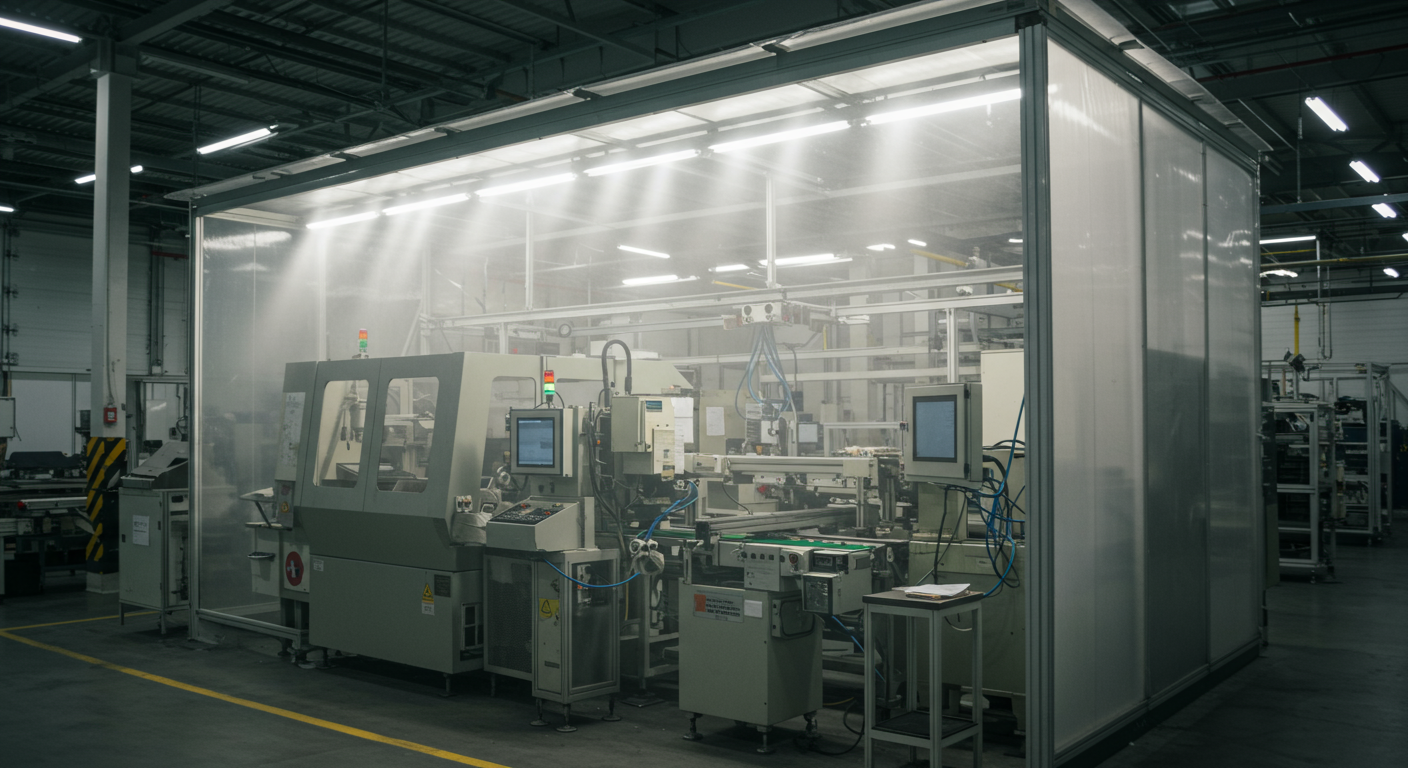
2. Understanding Business Interruption Insurance
Business interruption insurance is designed to compensate manufacturers for lost income when unexpected events force a halt in operations. It steps in to cover ongoing expenses and recoup profits during the period of restored normalcy.
This coverage typically supplements a property insurance policy, ensuring that manufacturing facilities can survive financial strain caused by disasters. By providing a safety net, it helps bridge the gap between shutdown and reopening.
Manufacturers can focus on recovery and rebuilding rather than worrying about payroll and fixed costs. Ultimately, business interruption insurance stabilizes cash flow in the wake of operational setbacks.
3. Common Causes of Downtime for Manufacturers
Natural disasters pose a significant threat to manufacturing continuity, with floods, hurricanes, earthquakes, and wildfires capable of halting production for days or even weeks.
Equipment breakdowns due to aging machinery or inadequate maintenance can also lead to costly stoppages. Supply chain disruptions, from delayed raw materials to transportation bottlenecks, create additional hurdles. Cyberattacks, including ransomware, can lock manufacturers out of critical systems, grinding operations to a standstill.
Regulatory shutdowns or labor disputes may compound these risks, further extending downtime. Each of these scenarios underscores the importance of having business interruption coverage in place. It acts as a financial buffer when the unexpected threatens production schedules.
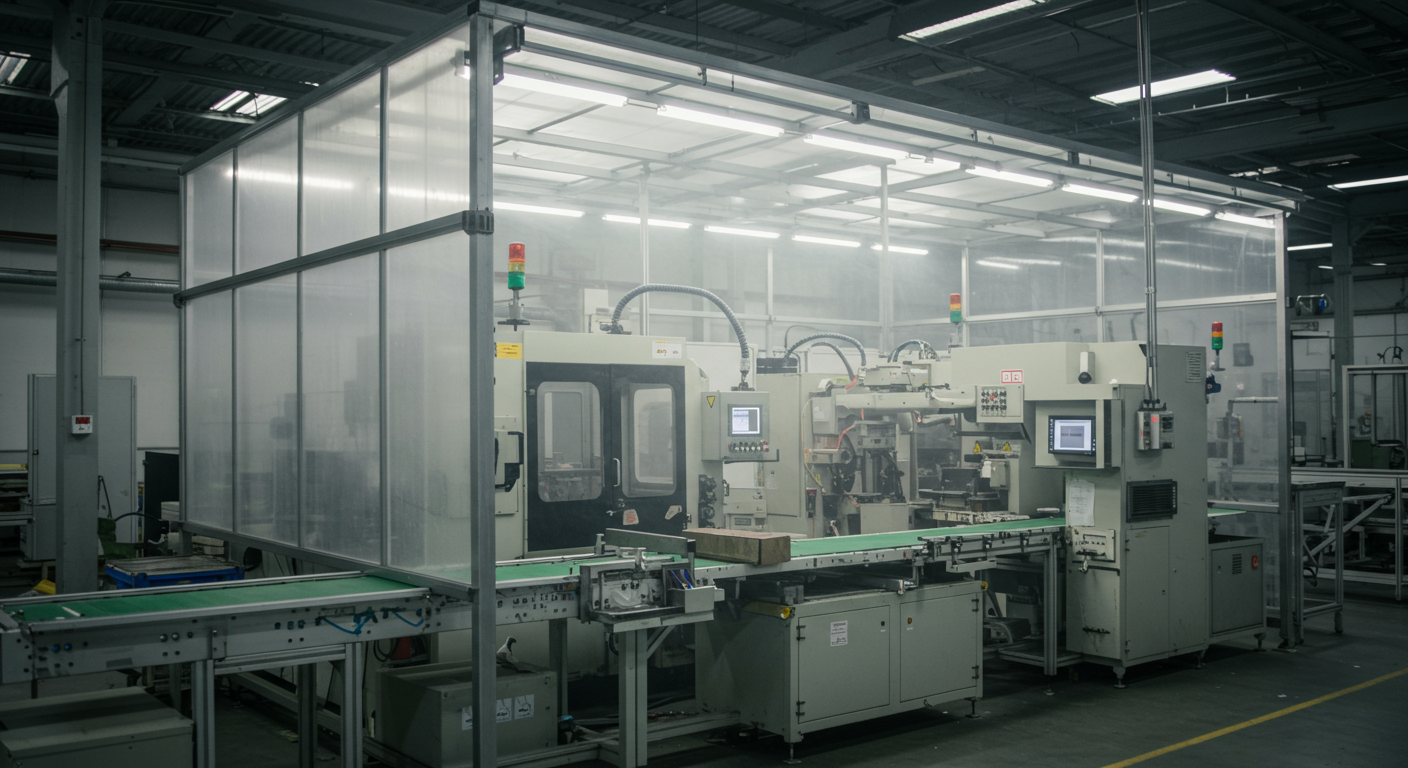
4. Key Coverage Components Explained
Business interruption insurance centers on indemnifying lost net income and covering fixed costs incurred during downtime. Net income refers to the profit that would have been earned had the disruption not occurred. Fixed costs include rent, utilities, loan repayments, and employee salaries.
Some policies also offer discretionary coverage for marketing expenses and taxes that continue regardless of production status. Period of indemnity defines the timeframe during which lost profits are covered, beginning at the date of loss and ending when operations return to pre-loss capacity. Waiting periods, also known as deducible periods, delay coverage activation for a set number of days.
Understanding these components helps manufacturers tailor policies to align with risk tolerance and cash flow requirements.
5. Calculating Potential Lost Profits
Estimating the financial impact of downtime starts with reviewing historical financial statements and production records. Manufacturers should analyze revenue trends, cost of goods sold, and operating expenses over the past three to five years.
This data forms the baseline for projecting potential losses if production grinds to a halt. Actuaries may apply variable cost percentages and margin analyses to refine estimates of net income lost during an interruption. Seasonal fluctuations in demand also require adjustment, acknowledging that downtime in peak seasons yields higher losses.
Accurate calculations ensure that policy limits are sufficient to cover realistic worst-case scenarios. Engaging with an insurance advisor or risk management specialist can further validate assumptions.
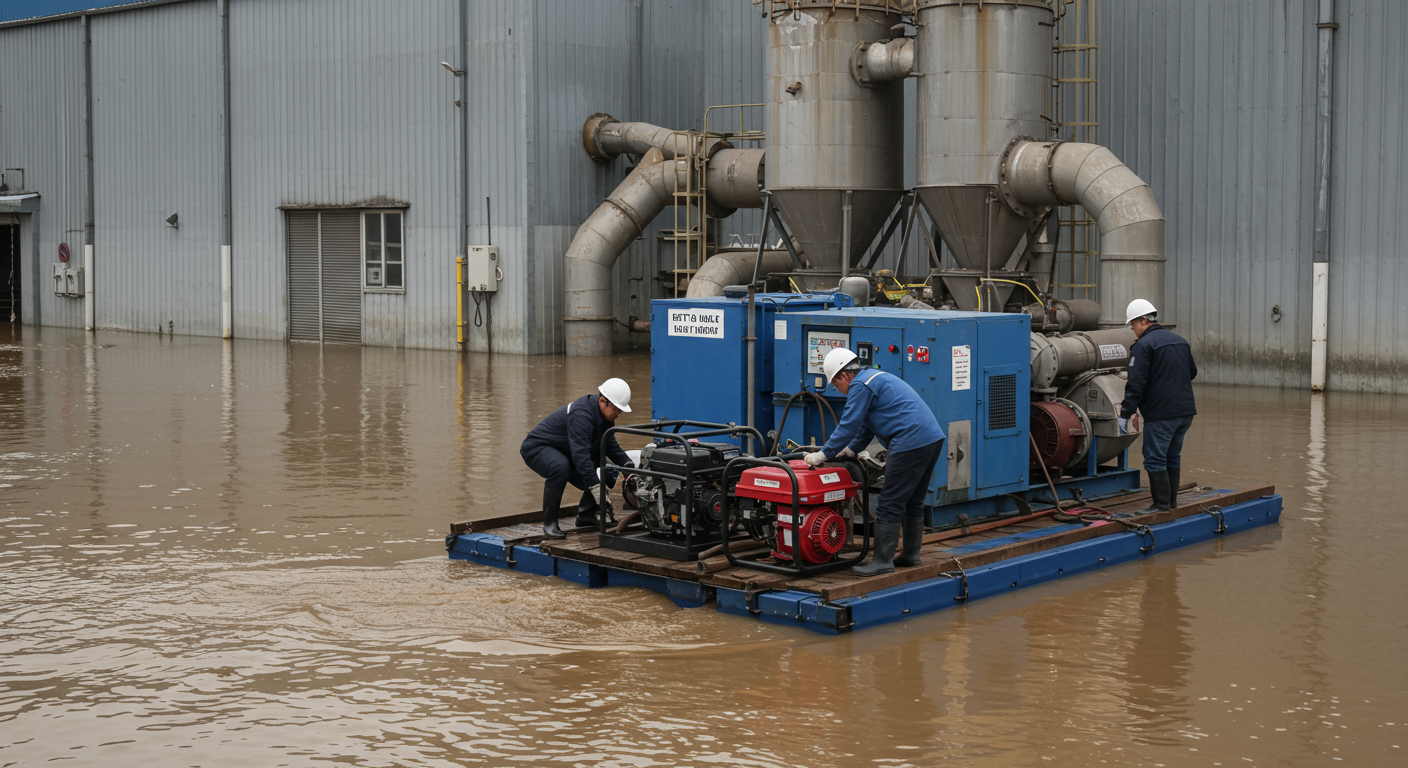
6. Extra Expense Coverage: Keeping Operations Afloat
Extra expense coverage supplements standard business interruption insurance by funding necessary outlays to minimize the duration of downtime. This may include renting temporary machinery, outsourcing production, or erecting makeshift facilities.
It can cover overtime wages for technicians working to expedite repairs and costs of expedited shipping for replacement parts. Communication expenses related to customer notifications and crisis management may also qualify. The goal is to sustain partial operations or accelerate full-scale recovery.
By covering these incremental costs, manufacturers enhance resilience and preserve customer relationships. Extra expense coverage often operates without reducing the overall limit of indemnity for lost profits.
7. Supply Chain Disruptions and Contingent BI Coverage
Manufacturers depend on a network of suppliers and partners, making them vulnerable to third-party interruptions. Contingent business interruption coverage provides protection when a supplier’s or customer’s disruption incapacitates your operations.
For example, if a key parts supplier’s factory floods, your production line may grind to a halt without the necessary components. Contingent BI insurance compensates for lost profits and ongoing expenses attributable to that external event. It typically requires identifying critical suppliers and customers in the policy, ensuring coverage kicks in when their operations falter.
This layer of protection reflects the interconnected nature of modern manufacturing supply chains.
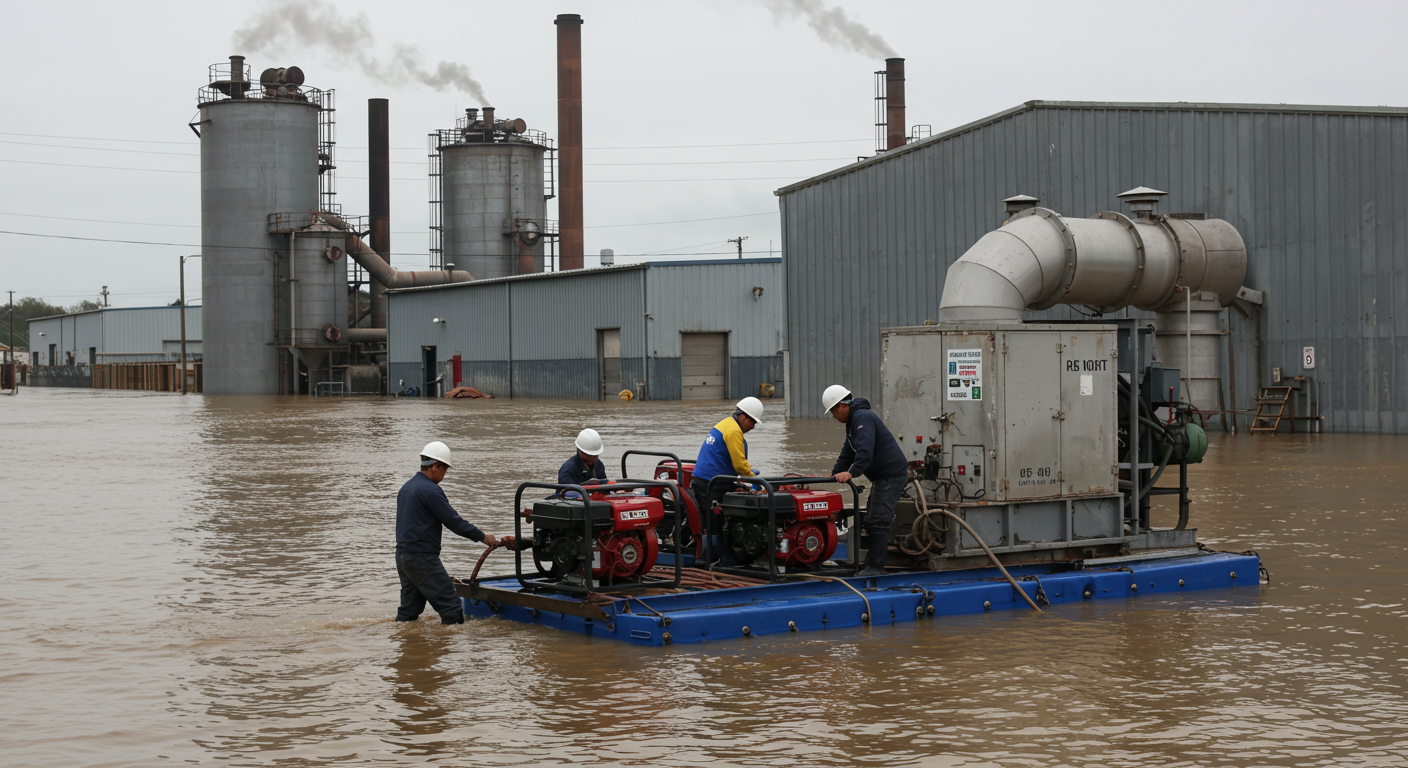
8. Claims Process: Documentation and Timelines
Filing a business interruption claim demands meticulous recordkeeping and prompt action. Insurers generally require notification of loss within a specified period—often 30 to 60 days from the incident.
The claim submission should include evidence of physical damage or operational disruption, such as inspection reports, repair invoices, and maintenance logs. Financial documentation is equally vital: profit and loss statements, tax returns, payroll records, and sales ledgers establish the extent of lost income.
Insurers may deploy adjusters or forensic accountants to verify the numbers and validate the timeframe of interruption. Cooperating fully and responding swiftly to information requests expedites the process. Manufacturers should track correspondence, deadlines, and key claim milestones to avoid disputes.
9. Policy Exclusions and Limitations to Watch For
Business interruption policies contain exclusions that can catch manufacturers off guard if not carefully reviewed. Pollution or contamination events, unless specifically endorsed, are often excluded. Damage from wear and tear or gradual deterioration typically falls outside coverage.
Certain risks, such as cyber incidents, require separate cyber policies or endorsements for full protection. Government-mandated closures or civil authority orders may have limited windows of coverage or specific qualifying criteria. Guaranteed or extended period endorsements can inflate premiums but fill gaps in standard indemnity periods.
Policy sublimits can cap amounts for extra expense, spoilage, or utility service interruptions. Manufacturers should scrutinize all exclusions and negotiate endorsements to align with their unique risk landscape.

10. Tips for Customizing Coverage to Your Facility
Start by conducting a comprehensive risk assessment that considers geographic, operational, and market factors. Tailor coverage limits and waiting periods to match your company’s cash flow resilience and recovery planning.
Negotiate endorsements for flood, earthquake, or cyber risks relevant to your site’s vulnerability profile. Factor in seasonal production peaks when setting indemnity periods, ensuring coverage spans critical high-demand windows. Coordinate business interruption insurance with other lines, such as equipment breakdown, general liability, and cyber insurance, to close coverage gaps.
Involve senior management and finance teams to balance premium costs against potential loss exposures. Regularly review and update your policy as operations expand, new suppliers come online, or market conditions shift.
11. Real-World Case Studies: Lessons Learned
A Midwest auto parts manufacturer faced a week-long shutdown after a transformer fire disrupted power and damaged critical equipment. They had purchased business interruption coverage with extra expense limits, enabling them to rent generators, outsource production to a local partner, and bring back lost profits within policy terms.
Conversely, a food processing plant experienced a prolonged closure when a supplier’s contamination issue forced a recall and regulatory halt. Without contingent BI coverage, the plant struggled to cover payroll and overhead for six weeks, leading to layoffs and a damaged credit rating.
These examples illustrate how the right coverage structure can spell the difference between resilient recovery and financial distress. They also underscore the importance of aligning policy features—such as contingent coverage and extra expense limits—with real-world operational dependencies.
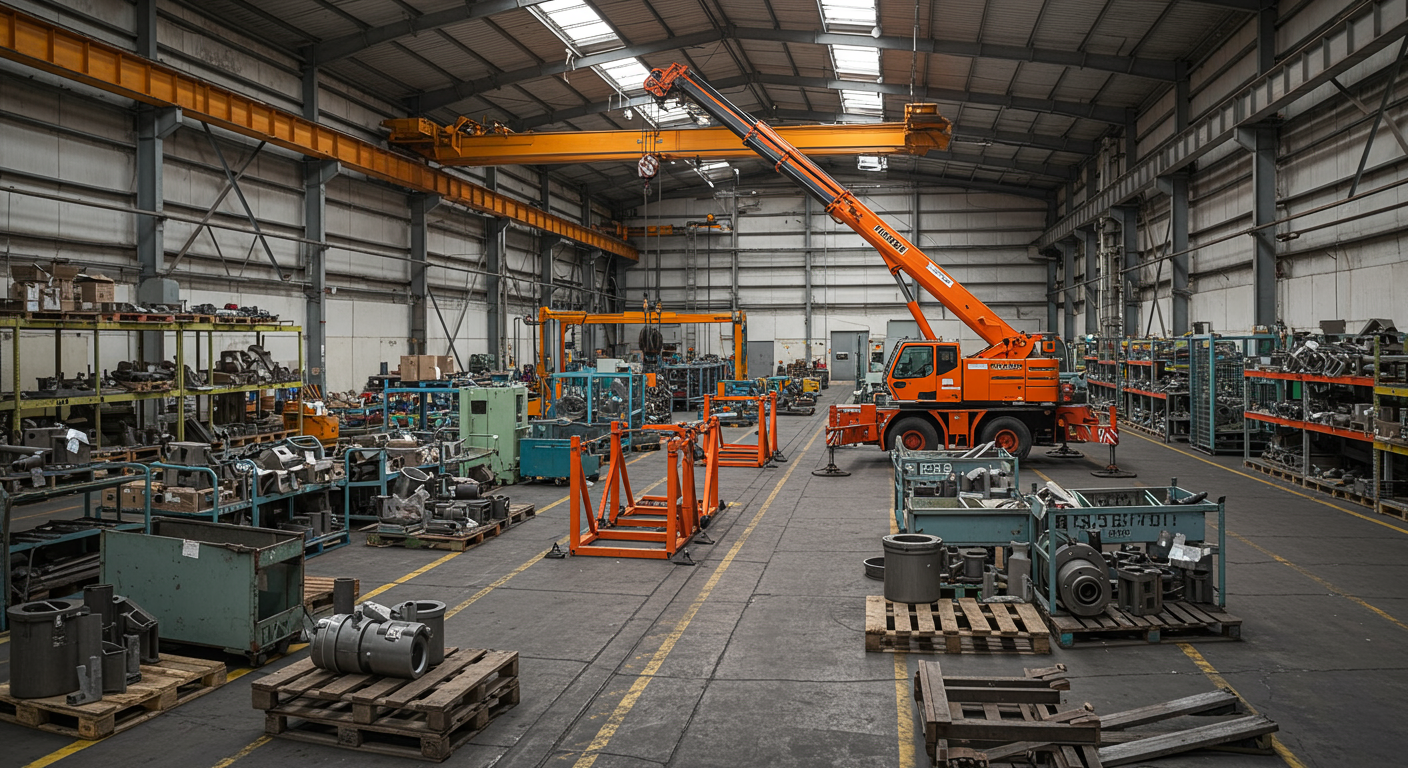
12. Conclusion
By understanding the intricacies of business interruption insurance, manufacturers can build a robust risk management framework that ensures continuity, preserves cash flow, and strengthens long-term competitiveness in the face of unexpected disruptions.
